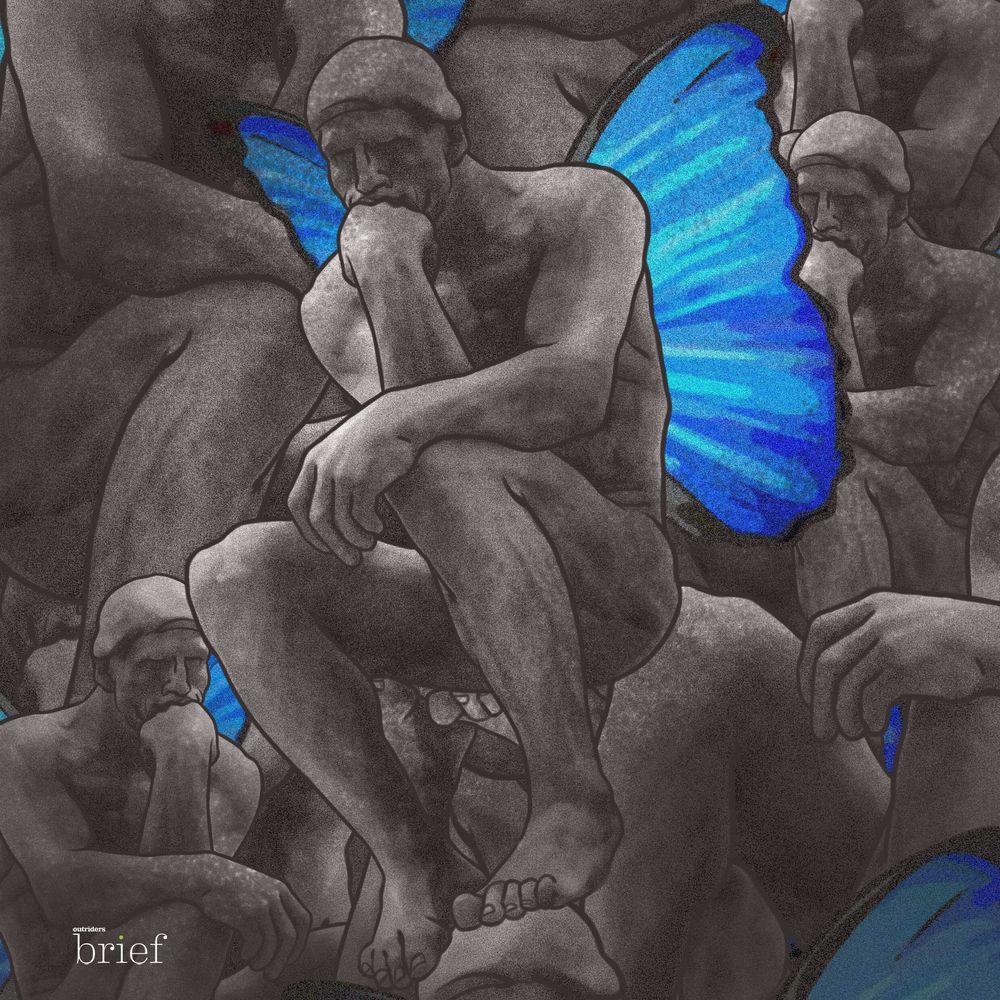Drones and wars, coronavirus, and malaria
In Seoul, over 300 drones lit up the night sky as a way of encouraging people to remain vigilant against COVID-19. They were formed into images of people in masks and messages thanking healthcare workers as well as slogans about rebuilding the country’s economy.
The “Detect” project uses drones and satellite technology to find where mosquitoes breed. Then drones are used to spray those places and kill larvae. Scientists claim it’s a very cost-effective method of fighting malaria and beneficial for local communities. Malaria causes roughly 400 thousand deaths each year. Meanwhile, a new satellite – Sentinel-6 Michael Freilich – is launched this month. It will be used within the program of gathering data on global sea level and how climate change affects oceans.
The drone attacks targeted at Armenian and Nagorno-Karabakh soldiers and tanks, artillery, and air defense systems were a decisive factor in Azerbaijan achiving military advantage during the six-week war. This confirmed the major role the unmanned attack drones have on the contemporary battlefield. Relatively cheap, drones provide access to air power at a much lower cost than the traditional air force.























